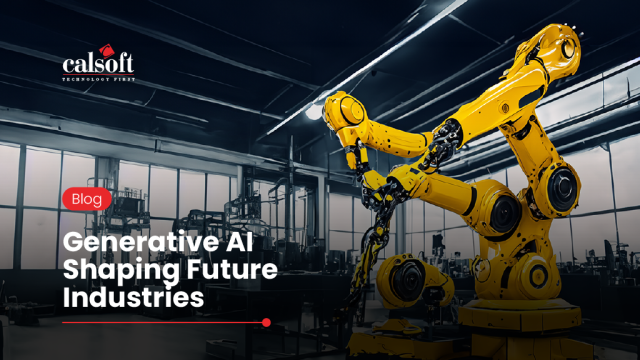Network security has been into existence ever since the computers and computer networks came into picture. Network security is as critical and significant as the operating system in every computer. Every company, no matter how big or small their networks are, give special attention to their network security. It is a continuous and sincere effort to protect your valuable network and data from malicious hackers.
It’s not an easy task to be highly alert and vigilant all the time and protect your data manually. Things look scary if we imagine a situation of a modern enterprise data center where we have hundreds of servers supporting thousands of virtual machines (VMs) and huge chunk of data is flowing in the network all the time. In such situation, it becomes difficult to put security controls and guarantee protection with high performance.
Software-Defined Security (SDS)
Enterprises have now realized the fact that traditional information security infrastructure are not flexible enough to support rapidly changing needs of digital business. They have proved to be inefficient in providing a full proof protection from this rapidly changing threat environment. Hence companies have started looking out for solutions which secure and support the increasingly dynamic and adaptive data centers.
Software Defined Security (SDS) attempts to address these challenges of network security. It’s a type of security model where the entire information security in a computing environment is implemented, controlled and managed by security software, rather than using a traditional, siloed security control methods. It is primarily software and policy driven model which automates and monitor most of the security controls, like intrusion detection, network segmentation and access controls, through software. This helps in bringing the security control up to a higher layer.
Some key benefits of Software-defined security are:
- It’s not hardware based, hence IT guys can focus on managing and monitoring the policies rather than keeping the machines running.
- Helps in creating consistent and efficient security policies across enterprise networks, irrespective of where the physical resources are located.
- Automates security with security technologies, ultimately saving time and money.
- Gets easily integrated with other software-defined technologies which enterprises may already have in place. (e.g., SDN)
IDC has also predicted that by 2020, the security solutions market will reach $50Bn mark. Looking at the growth in Cloud, Big Data, and Cyber Security domains, I believe SDS will be the talk of town for a while now. I am pretty positive about this technology and for the companies who have already adopted or are evaluating to adopt it. I can understand the case where enterprises are focusing on SDS only for their immediate pain areas, at least for now, but this will surely going to take over the entire network infrastructure in near future.






